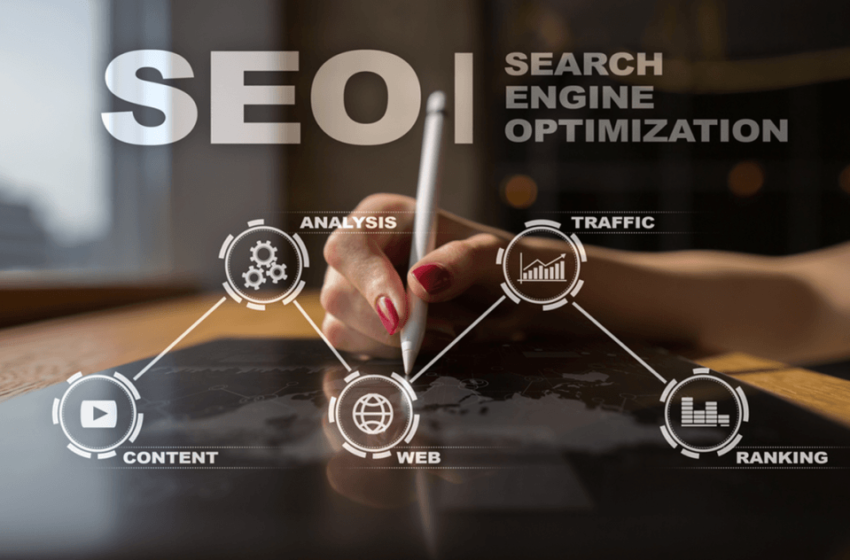Search Engine Optimization (SEO) has come a long way since its early days. What started as a practice focused mainly on inserting the right keywords into a web page has now transformed into a sophisticated process centered around user experience. Businesses, marketers, and content creators all recognize that SEO today is less about tricking search engines and more about serving the needs of real people. Let’s explore how SEO has evolved over the years and why user experience has become the ultimate goal.
- The Early Days of SEO – Keywords Were King
In the late 1990s and early 2000s, SEO was simple: the more keywords you used, the higher your chances of ranking. Websites stuffed their content with repetitive words and phrases, often with little regard for readability. Search engines like Yahoo and early Google ranked sites mainly based on keyword density, making it easy for low-quality content to dominate results.
While this method brought quick wins, it created a poor experience for readers. Imagine landing on a page where the same word was repeated over and over—it was frustrating and unhelpful.
- The Rise of Algorithm Updates
Google recognized the flaws in keyword-focused ranking and introduced algorithm updates like Panda, Penguin, and Hummingbird. These updates aimed to:
Penalize keyword stuffing.
Reward websites with high-quality, original content.
This was a turning point in SEO. Content now had to provide real value to users, not just target search engines.
- Content Quality and Relevance Take the Lead
By the mid-2010s, SEO became more about answering questions and less about exact keyword matches. Search engines started analyzing the context of content and user intent. This meant businesses needed to create blog posts, guides, and landing pages that offered solutions rather than just words.
For example, instead of just targeting “best shoes,” websites had to explain why certain shoes are the best, how they’re used, and what users should consider when buying them.
- The Shift to User Experience (UX)
Fast forward to today, and user experience is the new SEO currency. Google’s algorithms now consider factors such as:
Page loading speed – Faster websites rank better.
Mobile-friendliness – With most searches happening on mobile, responsive design is critical.
Engagement metrics – Bounce rate, time on page, and click-through rates signal how useful a page is.
The focus has shifted from “how many keywords are on the page” to “how satisfied is the user with this page?”
- The Future of SEO – AI and Personalization
With the rise of AI and tools like voice search, SEO is entering another phase. Search engines are becoming smarter, understanding natural language and personal preferences. Future SEO strategies will focus heavily on personalized experiences, conversational content, and multimedia optimization.
Conclusion
The journey of SEO—from keyword stuffing to user-centered strategies—shows just how much the digital landscape has matured. Today, ranking on Google isn’t about tricking the system; it’s about creating meaningful, accessible, and enjoyable content for users. Businesses that embrace this shift toward user experience will not only rank higher but also build trust and long-lasting connections with their audience.









